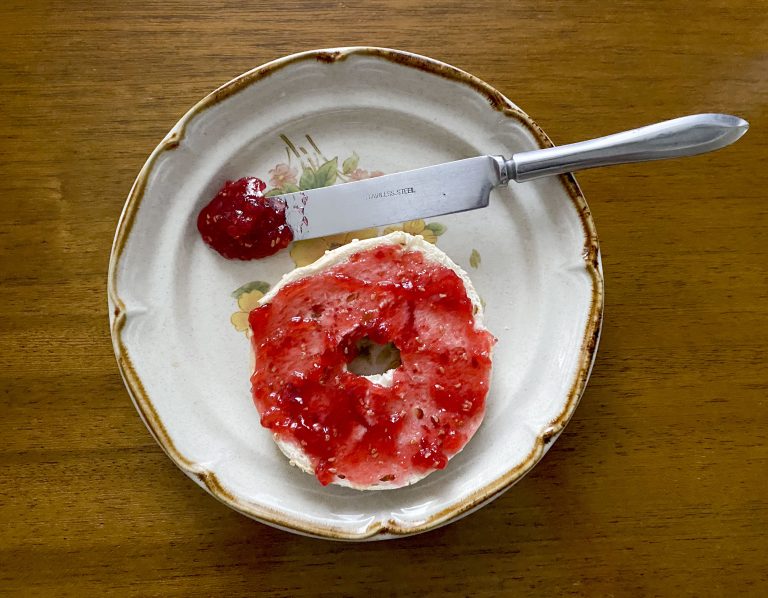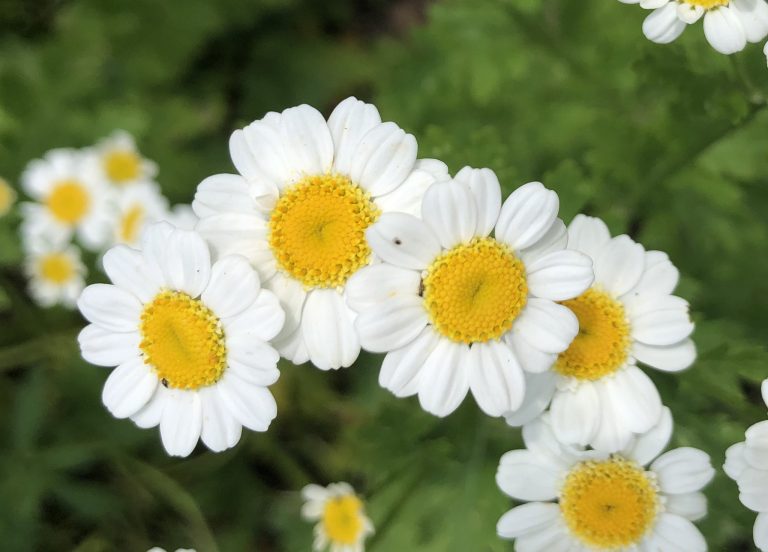Anyone who has ever made jams or jellies is surely familiar with pectin. This natural soluble fiber is famous for serving as a gelling agent which, when combined with sugar, acid and heat, can thicken and solidify most liquids.
Yet pectin has more to offer. This common thickening agent has recently become popular as a dietary supplement due to its potential health benefits – particularly in the digestive department.
Pectin for health
Pectin is naturally found in fruits and vegetables in varying concentrations. Tart apples, plums and citrus fruits, for example, have a high concentration of this fiber, while softer foods, such as strawberries or pears, have a rather low content.
As a supplement, pectin is usually extracted from citrus fruits or apples. Conveniently packed in capsules and available in most drugstores and supermarkets, both types of pectin are believed to offer noteworthy health benefits.
Modified Citrus Pectin (MCP) – a modified version that is digestible, unlike natural pectins – has been found to help remove toxic metals from the body with little to no side effects. Research has also suggested that MCP has the potential to help lower cholesterol, slow cancer growth and treat diarrhea.
Success
You are now signed up for our newsletter
Success
Check your email to complete sign up
It is also believed that MCP can improve cognition due to its ability to inhibit galectin-3, a binding protein that has been associated with cognitive decline. Experiments to test this potential health benefit have been limited to animals, so its effects on human cognitive abilities have not yet been determined.
As for apple pectin, research has suggested that it may lower blood sugar, improve gut health and increase iron absorption. Some studies, however, have shown conflicting results, requiring further study to verify the health benefits of pectin.
While this fiber is generally considered safe, possible side effects include mild stomach cramps and diarrhea. It may also interfere with certain cancer treatments. Although research in this area is still limited, including plenty of pectin-providing fruits in a balanced diet will surely do more good than harm.
It should be noted that people allergic to citrus fruits are advised not to take MCP, and those with apple allergies should not take supplements derived from apple pectin.
Pectin for cooking

Pectin is sometimes compared to gelatin because both are excellent thickening agents. Gelatin is derived from collagen found in animal tissue, and does not require high temperatures to set. Pectin is a vegan option derived from fruit. It needs to boil for a short period, and often requires sugar, lemon, and calcium to set properly.
When making homemade jam, the amount of pectin needed depends on the pectin content of the fruit used. According to Camilla Wynne, author of Jam Bake, fruits with low pectin are tropical fruits and those that peak in summer, such as strawberries, cherries, pears and peaches. Berries such as blackberries, blueberries and raspberries, have a slightly higher content; and fruits that come into season during the colder months, such as apples, cranberries, quince and plums, have the highest levels of pectin.
In general, squishy fruits have less pectin and firmer fruits have more. Also, the riper a fruit is, the less pectin it has.
What form of pectin should I use?
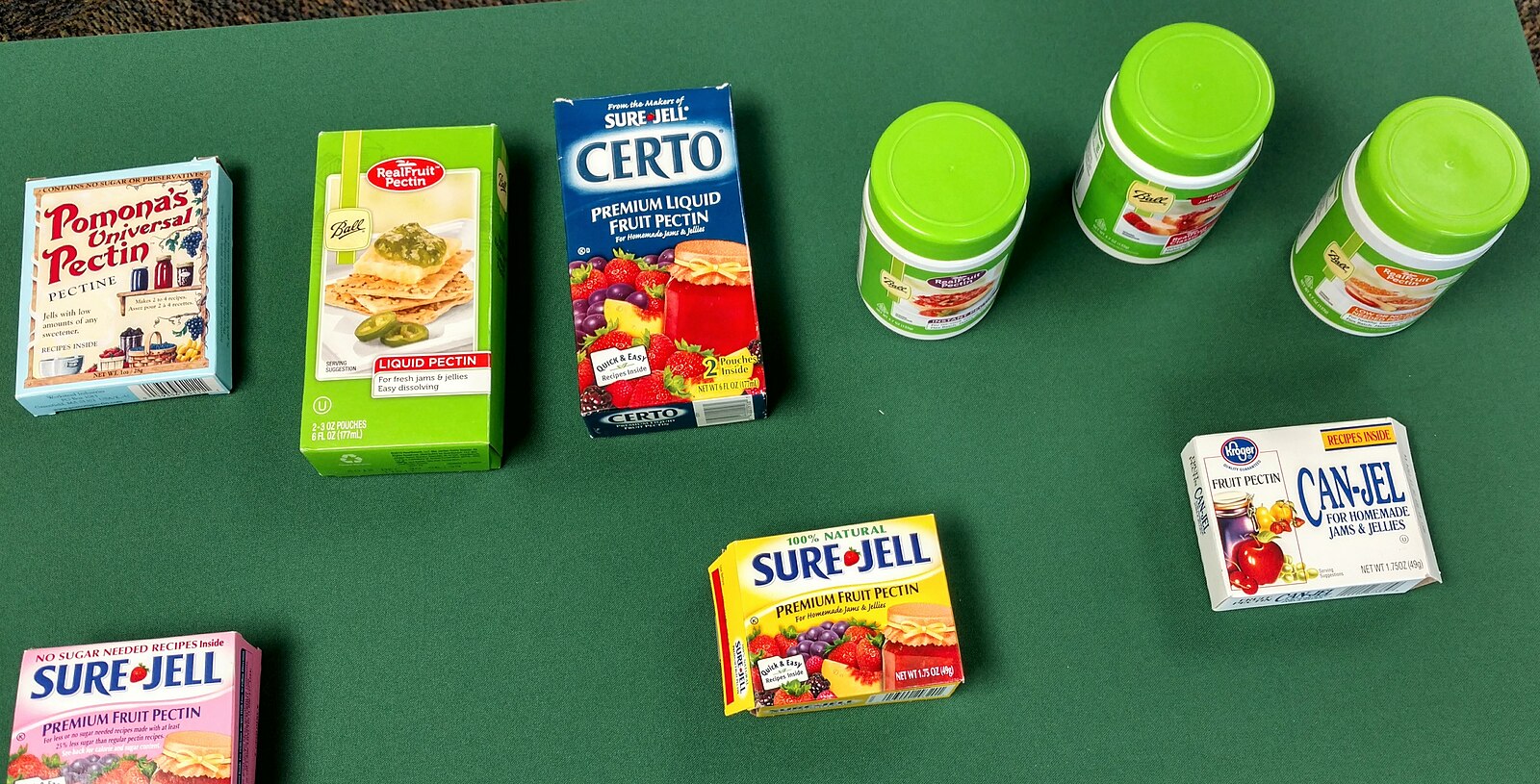
Prepared pectin can found be in liquid or powder form. In recipes, these two do not have a one-to-one conversion. Generally, one tablespoon of liquid pectin corresponds to two teaspoons of powdered pectin. It is always best to follow the recipe as closely as possible, but if you do not have the form of pectin it calls for, converting correctly will do the trick.
It is worth noting that these two are usually added at different times during the cooking process. Traditionally, powdered pectin is added to the boiling fruit mixture at the beginning, while liquid pectin is added near the end of boiling.
If a recipe does not specify the form of pectin, most home cooks default to the powdered version.
Making your own pectin: Recipe
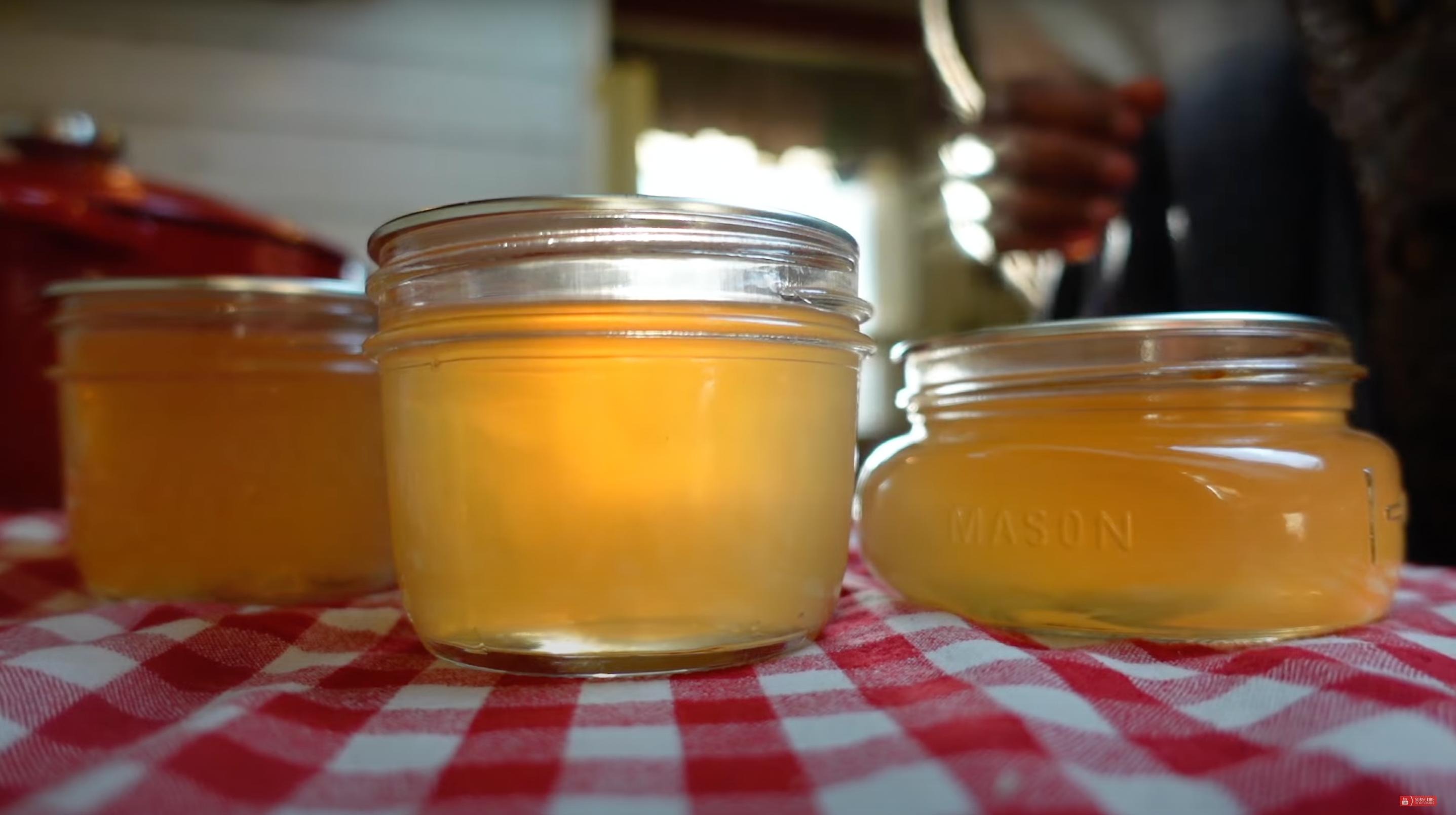
Ingredients: Yields around 1 ½ cups.
- 7 large, tart apples – green apples are recommended.
- 4 to 6 cups of water – just enough to cover the apples. Too much water will dilute the pectin.
Instructions:
- Remove the stems and wash the apples. Cut them into quarters, keeping the seeds and core.
- Place apple pieces and water in a medium pot. Bring them to a boil.
- Lower the heat and simmer until the apples are soft. It usually takes around 2 to 2 ½ hours. Stir gently halfway through cooking.
- Strain the mixture through cheesecloth, preferably overnight. The resulting liquid is pectin.
- Bring the pectin to a boil and simmer until reduced by half.
- Pour the hot pectin into sterilized glass jars, leaving ¼-inch of head space.
To store the pectin, secure the lids and process in a boiling water bath for 10 minutes. Sealed homemade pectin has a shelf life of one year, but for best gelling results it should be used within eight months. Opened jars of pectin last one month in the refrigerator.
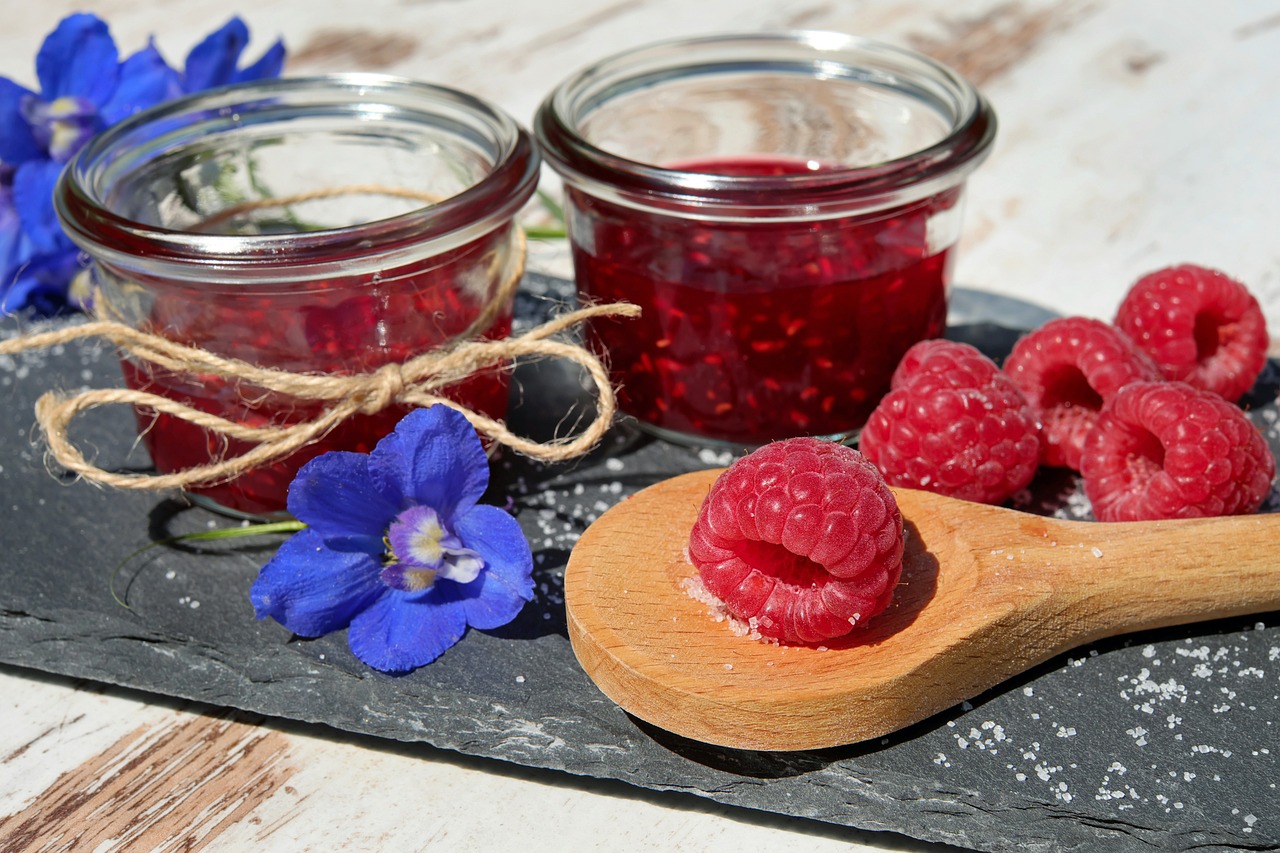
Homemade raspberry jam sweetened with honey
Ingredients: Yields around 2 cups.
- 2 ¼ cups of raspberries
- 1 ½ tbsp of lemon juice
- 1 ¼ cups of honey (suggested sweetness but add to taste)
- 2 ¾ tbsp of homemade liquid pectin
Instructions:
- Rinse the raspberries and remove any leaves or stems.
- Puree or mash the berries to a uniform texture.
- Pour in a small pot, add the lemon juice and honey. Bring to a boil, stirring constantly.
- Remove from heat and add the liquid pectin. Boil for one minute, stirring continuously.
- Remove from the heat and skim off the foam.
- Let it cool down to thicken.
- Enjoy on toast, in yogurt, or simply on its own!



